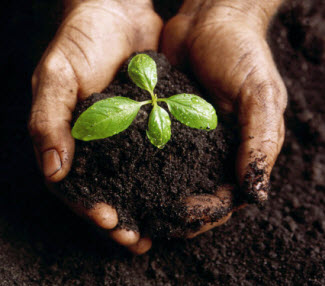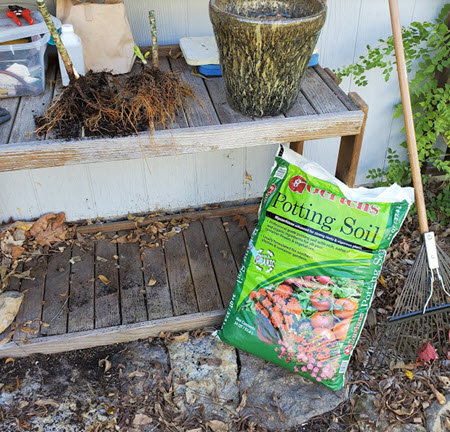Click below to listen to my 2 min. Garden Bite radio show: Soil testing – is it important?
Audio PlayerIf you really want to get down and dirty, get a soil test. Why? I’ll tell you!

As we begin our planting season, the soil may still be wet, so keep that in mind… a soil test is one of the best things you do can for your plants and yourself!

The University of Minnesota and the University of Wisconsin will give you a comprehensive report on what your soil consists of. So will NDSU. The regular test is $15 to $17 and includes a report on levels for phosphorus, potassium, pH – lime requirement, total organic matter, and the texture of your soil.
The University of Minnesota and the University of Wisconsin will give you a comprehensive report on what your soil consists of. So will NDSU. The regular test is $15 to $17 and includes a report on levels for phosphorus, potassium, pH – lime requirement, total organic matter, and the texture of your soil.

Here’s a sample of the form you’ll find on the U of MN website. lawn_and_garden_2018_7
For a little more, you can find out other information as well. The University will give advice on what to do to enhance your soil’s condition. The turnaround time is 7 to 10 business days. This is well worth the money in the long run.
Before you start digging for samples, make sure you’re soil is dried out sufficiently. You can test it by taking a handful of soil, squeeze it in your hand. If it stays in a tight ball, it’s too wet; if it crumbles apart, unlikely right now, it’s too dry; if it stays in a loose ball, it’s just right!

This is also a rudimentary test to see if you have clay, sand or loam. Only this time you dampen the soil deliberately. Not too wet, just damp. If the soil ribbons up when squeezed in your hand, it’s clay. If it crumbles, it’s sand. If it stays in a loose ball then it’s loam.
For a little more, you can find out other information as well. The University will give advice on what to do to enhance your soil’s condition. The turnaround time is 7 to 10 business days. This is well worth the money in the long run.
You can have several areas tested including your lawn, your perennial gardens and veggie garden as well. You’ll be asked to take several samples from the areas you want tested. For example, if you want to know what your vegetable garden soil is like, you’ll dig down about 2 to 6 inches taking 5 samples from various spots in that area, mix them together and then place a pint of that sample in a sealable baggie. Be sure to clearly label each sample. You’ll do the same for each area you want tested.
Keep in mind, you’ll pay for each garden area you want tested.
